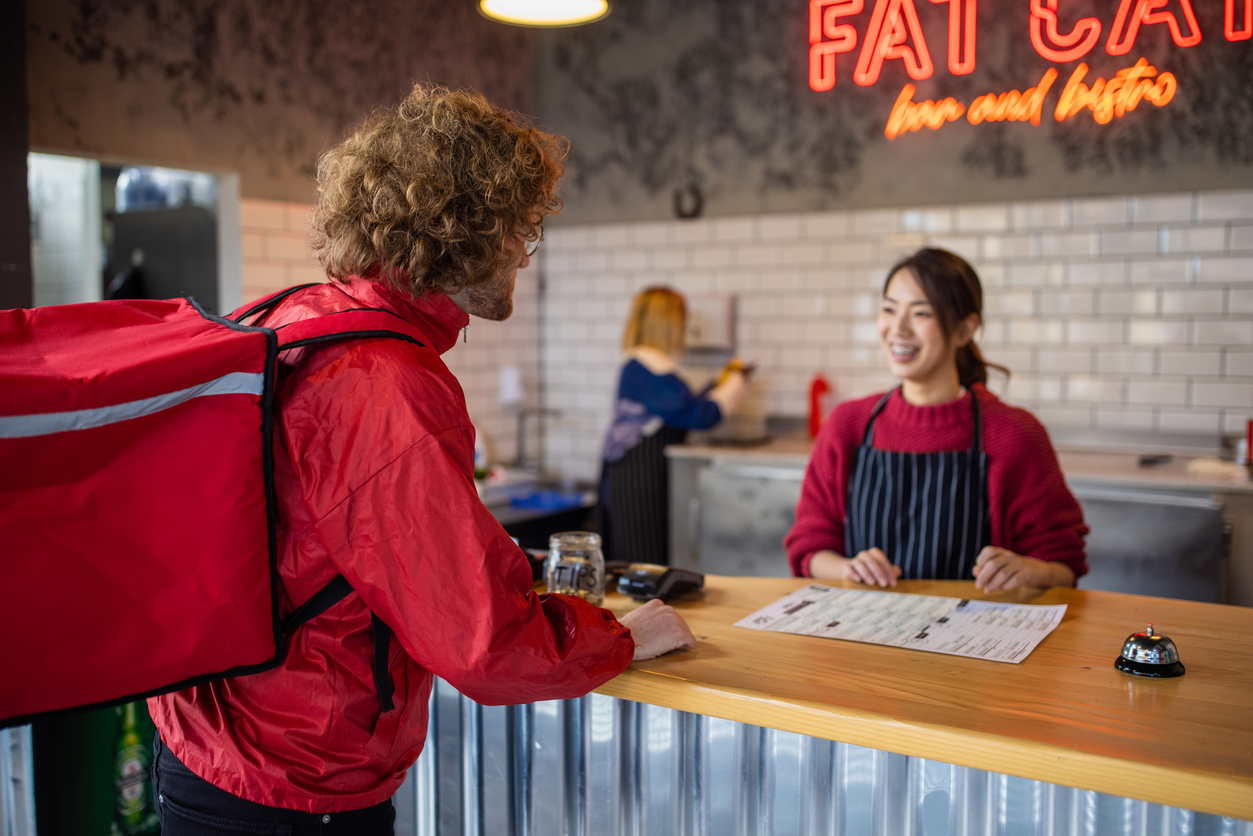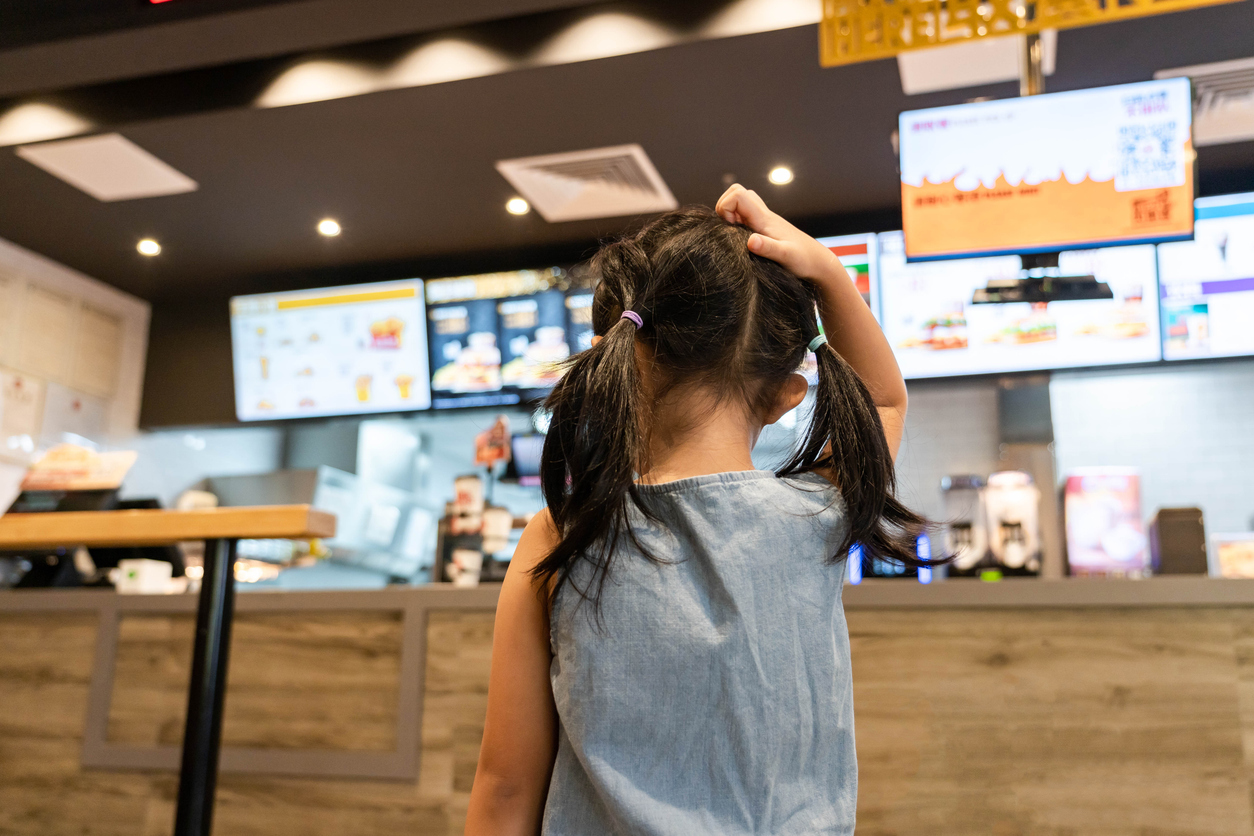The voice of the customer has never been more crucial in shaping a restaurant's success. Leveraging customer reviews for menu development represents a smarter approach to exceeding diner expectations. This empowers restaurateurs to refine their offerings, ensuring that every dish on the menu resonates. By integrating feedback directly into the menu development process, restaurants can create dishes that accurately reflect dining trends.
What Is Menu Development?
Menu development is the process of conceptualizing and designing menu offerings to cater to the tastes of your target audience. It involves a blend of market research, creativity, and consumer insights that reflect a restaurant's identity and resonate with diners. This encompasses everything from selecting ingredients and designing dishes to pricing strategies and menu layouts.
By curating menus, restaurants can showcase unique offerings, differentiate themselves, and increase customer satisfaction with dishes that reflect what your customers love the most.
Why Should Restaurants Prioritize Customer Feedback?
Restaurants should prioritize customer feedback because it’s a direct line of feedback and the clearest way to understand diner preferences. Customer feedback shapes a restaurant's reputation and influences its online presence, impacting consumer perceptions and driving business success.
Improve Customer Satisfaction
Customer satisfaction is paramount to a restaurant's success and acts as a leading indicator for long-term loyalty. Through customer feedback, restaurants gain invaluable insights into areas of improvement, whether it's the food quality, service efficiency, or overall ambiance. Regularly reviewing and analyzing feedback enables restaurants to adapt and refine offerings, increasing customer satisfaction. By implementing suggestions and addressing concerns, restaurants can elevate the customer experience, ensuring people return.
Enhance Restaurant Reputation And Online Presence
Customer reviews and ratings are pivotal in shaping potential diners' perceptions and influencing their decision-making process. Actively engaging with customers and addressing their positive and negative feedback demonstrates a commitment to excellence and fosters a positive reputation. By cultivating a strong online presence and maintaining a stellar reputation, restaurants will attract more traffic and sales.
Identify Trends And Innovations For Menu Optimization
Customer feedback can help identify emerging trends and menu ideas. By analyzing feedback, restaurants can pinpoint popular dishes, ingredients, or menu concepts, enabling them to stay ahead of the curve and continuously optimize their offerings. Regularly incorporating customer insights into menu development ensures that restaurants remain relevant in the eyes of their target audience.
Cost-Effective Marketing And Customer Retention
Traditional restaurant marketing often comes with high costs and uncertain returns. However, positive customer feedback and word-of-mouth recommendations are powerful and cost-effective marketing tools. By actively engaging with customers and acknowledging their feedback, restaurants build trust and leverage happy customers as brand advocates. Cultivating a loyal customer base through exceptional service makes it easier to drive repeat business in a competitive market.
Strategies For Gathering Customer Reviews For Menu Development
Gathering customer reviews for menu development is crucial for staying attuned to diner preferences and enhancing culinary offerings with several strategies. Each strategy offers unique advantages and potential drawbacks, such as accessibility, response rates, and authenticity, but collectively, they provide valuable insights for menu refinement. These strategies include:
Online Review Platforms
Popular online review platforms like Yelp, Google Reviews, and TripAdvisor offer restaurant owners a digital stage to claim their business profiles, enabling them to monitor and respond to customer feedback promptly. Leveraging these platforms increases visibility and credibility and attracts potential customers seeking authentic dining experiences. Restaurants can encourage reviews by offering incentives or including a review request on receipts, fostering a culture of feedback and engagement.
In-Person Feedback Channels
In-person feedback channels provide immediate responses and the opportunity for detailed conversations, enhancing the quality of feedback received. Restaurants can utilize various channels, such as comment cards or direct interaction with customers during their dining experience. However, relying solely on in-person feedback may limit responses and introduce bias. To maximize effectiveness, restaurants can provide clear instructions on comment cards and train staff to solicit and handle feedback professionally.
Customer Survey Campaigns
Conducting customer surveys offers restaurants a structured approach to gathering comprehensive feedback. Surveys can take various forms, including email surveys, online forms, or feedback sections on websites. They provide specific insights and allow brands to track trends over time. Effective survey design involves a mix of rating scales and open-ended questions. Offering incentives for participation and ensuring simplicity can boost response rates, facilitating data collection for informed decision-making.
Social Media Engagement
Social media platforms such as Facebook, X, Threads, and Instagram serve as dynamic channels for restaurants to engage with customers and gather feedback. Through active participation, restaurants can reach a broad audience and receive real-time insights. Prompt responses to messages, hosting interactive sessions, and encouraging user-generated content through hashtags amplify social media engagement, enriching the restaurant's online presence and fostering customer relationships.
Steps To Apply Customer Insights For Menu Development

Utilizing customer insights for menu development is key to effectively tailoring offerings to meet diner preferences. The step-by-step process involves analyzing customer feedback, identifying trends and preferences, refining menu options accordingly, and testing new dishes. By incorporating customer insights iteratively, restaurants can ensure their menus resonate with patrons and drive satisfaction.
Analyze Popular Dishes And Customer Favorites
Analyzing customer feedback to identify frequently ordered dishes is crucial for menu development. Collecting and organizing reviews enables restaurants to pinpoint customer favorites. Offering these items consistently attracts new customers seeking well-known dishes. For instance, restaurants may improve popular dishes based on feedback, such as adjusting seasoning or presentation, generating more positive word-of-mouth recommendations.
Incorporate Seasonal And Trending Ingredients
Integrating seasonal or trending ingredients into menus adds to their appeal. Customer feedback serves as a compass, guiding restaurants toward ingredients in high demand. Seasonal offerings attract new customers and entice regulars with novel experiences. By aligning menu items with seasonal availability and current trends, restaurants stay relevant and exciting, enhancing customer satisfaction and driving repeat business.
Address Customer Dietary Preferences And Restrictions
Customer feedback provides invaluable insights into regular customers' dietary preferences and restrictions. Understanding preferences like vegetarian, vegan, or gluten-free options expands the customer base and ensures inclusivity. By accommodating dietary restrictions, restaurants demonstrate commitment to customer well-being and enhance overall satisfaction. For instance, offering allergen-aware dishes meets specific needs and fosters loyalty and positive reviews.
Develop Specials And Limited-Time Offerings
Specials and limited-time offerings (LTOs) create a sense of urgency, driving customer engagement. Feedback guides the selection of menu items for these promotions, ensuring they resonate with your audience’s preferences. Special offers increase sales and attract new customers, leveraging scarcity to create demand. By rotating offerings based on feedback and seasonality, restaurants maintain interest and drive repeat visits.
Create Menu Categories And Sections
Well-defined menu categories and sections streamline the dining experience and enhance customer satisfaction. Customer feedback informs the organization of menus, facilitating easy navigation. Clear categories that segment items by cuisine type or dietary also help serve a diverse set of preferences. By incorporating menu layout and organization feedback, restaurants optimize the experience, further increasing customer loyalty and positive reviews.
Monitoring And Iterating Menu Development Practices
Monitoring and iterating menu development involves regularly assessing the impact of changes and adjusting accordingly. By attentively listening to customer feedback, restaurants can fine-tune their offerings, ensuring improved satisfaction and boosted sales, thereby staying ahead in the competitive culinary landscape.
Establish Systems For Feedback Collection
Restaurants can implement various methods to establish systems for feedback collection, including feedback cards, online surveys, and comment boxes placed strategically within the establishment. Centralizing feedback collection ensures efficiency, accuracy, and ease of analysis. By streamlining feedback channels, restaurants can gather comprehensive insights into customer preferences and experiences, enabling informed decision-making and continuous improvement in menu development practices.
Impact Of Menu Changes
Making menu changes without considering their impact can threaten customer satisfaction and business performance. Tracking key performance indicators (KPIs) such as customer satisfaction ratings, sales data, and return customers is vital. Restaurants can measure the impact of menu changes by analyzing customer feedback, conducting surveys, and comparing sales data before and after the changes. Understanding the importance of KPIs enables restaurants to make data-driven decisions that optimize menu offerings and enhance overall business success.
Making Iterative Adjustments
Iterative adjustments entail making small, incremental changes to the menu based on ongoing customer feedback. This approach offers numerous benefits, including quickly adapting to shifting consumer preferences and staying ahead of industry trends. By continuously refining menu offerings based on customer input, restaurants can enhance overall customer satisfaction, ensuring that their menus align closely with diner expectations. Moreover, iterative adjustments can potentially increase profitability by optimizing menu items and driving repeat business through heightened satisfaction.
Connect With Checkmate To Scale Your Restaurant’s Digital Business
Leveraging customer feedback for menu development is pivotal for restaurant success. By analyzing popular dishes, incorporating seasonal ingredients, and addressing dietary preferences, restaurants can enhance customer satisfaction and drive sales. To amplify these efforts, connect with Checkmate to unlock your restaurant's full potential.





